Will Microsoft Edge use prefixes like -webkit-, -ms-, or its own new prefix for future functions? Something like -me-, perhaps?
3 Answers
tl;dr: Yes and No
Existing prefixed properties that are hugely popular will remain until they have native support, but Microsoft Edge will not be introducing a new prefix system for features. Instead, they'll use feature flags (like Chrome and Firefox for experimental features on the client side, rather than the developer side).
Some of the more notable removals are those where Microsoft Edge supports the latest standard API definition and removes support for MS prefixed versions of the APIs. Examples include CSS Transforms, Fullscreen API, and Pointer Events. This brings up an important topic: vendor prefixes. You’ll see a trend in the vendor prefixes in Microsoft Edge compared to IE:

Our support (or lack thereof) of prefixed APIs is data-driven with compatibility as the sole purpose for any that remain. As examples, -webkit-border-radius is still in use on over 60% of page loads and the MS-prefixed Encrypted Media Extensions APIs are still in use on top video streaming services. Because of the impact on interoperability across the Web, these are supported in Microsoft Edge for the time being.
The consensus across the industry is that vendor prefixes cause more harm than good and the necessity of browsers supporting other vendor’s prefixes is a good example of why. Going forward, we’re using feature flags (accessible by navigating to about:flags) to introduce experimental APIs and minting new vendor prefixed APIs sparingly, if ever. Today, you’ll find examples like early implementations of CSS Filters, Touch Events, and HTML5 date inputs in about:flags. We’re also working with other browser vendors on exploring new approaches to experimental APIs that enable easier and broader access to experimental APIs while minimizing the compatibility burden that prefixes incur. Check out this talk (starts around 31 min mark) for an initial proposal we’ve made, tentatively named “API Trials”.
(Emphasis mine)
A detailed list of WebKit properties supported in Microsoft Edge is available here: https://msdn.microsoft.com/en-us/library/mt270097%28v=vs.85%29.aspx
- 2,111
- 1
- 15
- 13
-
With the release of Windows 10 recently, do you have any updates? – Matt Jul 29 '15 at 08:40
-
Really awesome (sarcasm). Why do they have to apply webkit rules? Non-sense. I had to do a translateZ hack in webkit due to a font rendering bug. Now that rule applies in Edge also, and that is braking my style.... Idiots..... Im soooooo angry. – wintercounter Sep 01 '15 at 10:08
-
Matt, just updated the answer to point at the official MSDN reference. – Charles Morris - MSFT Sep 02 '15 at 17:05
-
1WinterCounter: Sorry for your frustration. You can read more about why we chose to implement some frequently used -webkit prefixes [here](http://blogs.msdn.com/b/ie/archive/2014/07/31/the-mobile-web-should-just-work-for-everyone.aspx). Although that article is addressing mobile sites, the same issues were found across the web. – Charles Morris - MSFT Sep 02 '15 at 17:06
If the CSS tag is a web standard already accepted by all browsers, there is no need to add a prefix for it. Otherwise, if you want to use CSS tags that target experimental features by browsers then you will need to include the -ms vendor prefix for that functionality to work on Microsoft Edge similar to adding -webkit for that tag to work on Chrome.
- 5,396
- 35
- 41
-
you can use this page http://dev.modern.ie/testdrive/demos/@supports/ to test whether certain CSS properties and values are supported – Rami Sarieddine Jun 14 '15 at 10:47